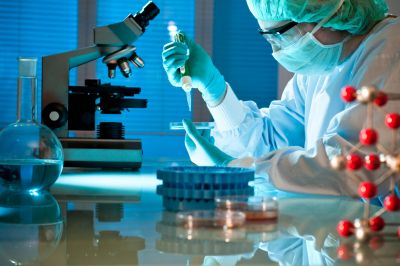Signalling and production in the endocannabinoid system

Signalling and production in the endocannabinoid system
The cannabinoid system is implicated in many physiological functions of the human body. Cannabinoid receptors present a promising therapeutic target for a number of conditions, including psychological and movement disorders, obesity, neuropathic pain and cancer.
Cannabinoid receptors (CB1and CB2) are involved in many physiological
processes. Located in the cell membrane, these receptors can be
activated by endocannabinoids (produced by the body), as well as plant
or synthetic cannabinoids. The endocannabinoid system can be regulated
by several pathways. One involves a protein, beta-arrestin which dampens
cellular response to a variety of stimuli. However, the details of
these interactions are unknown.
The project ' CB1R ARRESTIN is unravelling the mechanisms of
cannabinoid regulation. In the course of the project, two CB2 receptor
mutants were studied. One mutation is overrepresented in patients with
major depression, alcoholism, and autoimmune disorders, while the other
is associated with bipolar disorder.
The study of mutant receptors in vitro for binding with
beta-arrestin, revealed that both were different to the binding in the
wild-type receptor. After confirming the specificity of binding, , the
researchers overexpressed CB2 receptor in a cell line and isolated
interacting protein candidates . Mass spectrometry identified the
interacting partners of the wild-type CB2 and the mutant receptors. Over
2 000 interacting proteins binding CB2 were identified, with a few
dozen of differences between mutants. CB1R ARRESTIN research analysed
the functions of several of these proteins.
In addition, novel approaches studied the expression of CB2 in
neuronal cells and its participation in the regulation of the neuronal
functions. A cell-specific method of protein purification was developed,
allowing for in vitro separation of the proteins with different
cell-origin even if the cell lysates were mixed. Obtaining protein
expression profiles of specific cells instead of cell mixtures in
tissues can lead to discovery of novel therapeutic targets in the
future.
Taking part in so many physiological processes, the pharmacalogical
manipulation of the endocannabinoid system has great potential in a
large number of diseases and conditions.
published: 2015-03-16